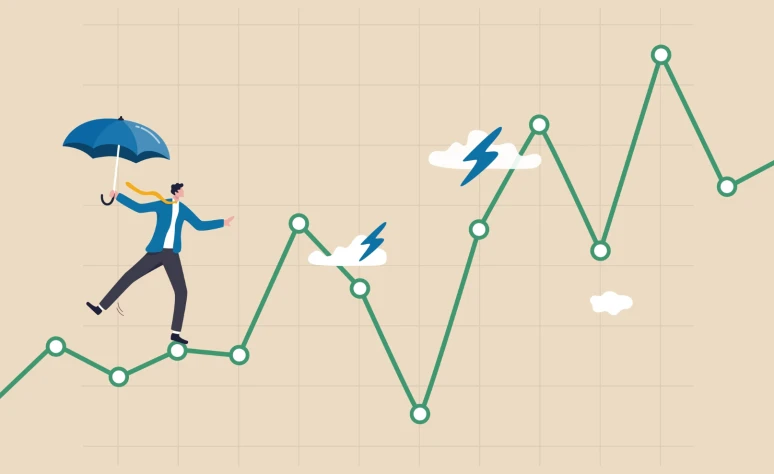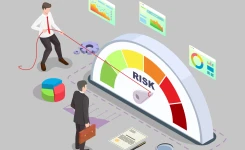
Volatility in Financial Markets
4.6
This program helps you understand volatility in financial markets by analyzing its elements, measures (historic, implied, actual), and evaluating models for calculation and forecasting.
Enquire Now









